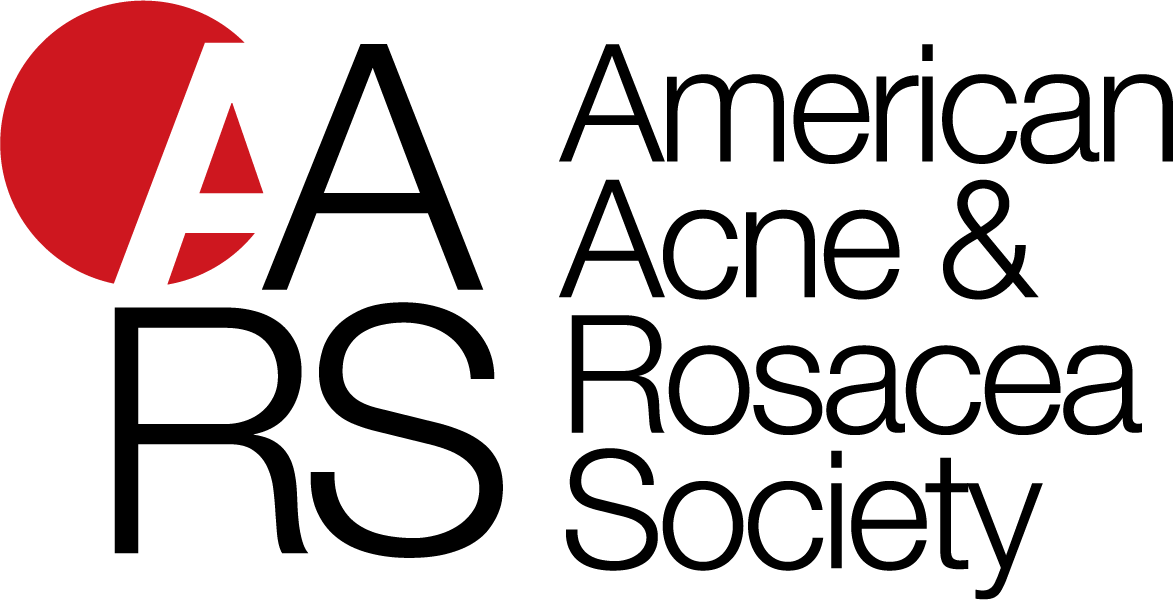Aslan Pirouz, MD
University of California Los Angeles (UCLA), David Geffen School of Medicine, Dept. of Dermatology
2012 Research Grant Recipient
Research Grant Proposal
The Role of NLRs Pathways in P. Acnes Induction of Innate Immune Response
Propionibacterium acnes induction of inflammatory responses is a major factor contributing to pathogenesis of acne vulgaris.P. acnes triggers inflammation by stimulating the secretion of proinflammatory cytokines and chemokines in various immune and innate cells. In particular, IL-1 has been shown to play a critical role in both initiation of acne lesions and in inducing inflammatory response in acne. The activation of (NOD)-like receptor (NLR) signaling pathways has been shown to mediate inflammasome assembly leading to activation of caspase-1 and subsequent processing of IL-1. This project elucidates the role of various inflammasome components of host in the human proinflammatory response against P. acnes.
In this study, we demonstrate that PBMCs produce mature IL-1a and IL-1β when treated with live P. acnes and with P. acnes sonicate. Activation of PBMCs with P. acnes in vitro upregulated the mRNA expression of major components of inflammasome complex: ASC by 3 fold and caspase-1 by 2 fold. We evaluate the involvement of various NLRs, including NOD-1 NOD-2, NLRP1, NLRP3, IPAF and AIM2 in P. acnes induced IL-1 secretion in human monocytes. We utilize specific chemical inhibitors and siRNA technology to investigate the role of key NLRs at molecular level.
Our preliminary results indicate that the activation NLR signaling pathways in response to stimulation with P. acnescontributes to inflammation in vitro. Utilizing immunohistochemistry, we will pursue our hypothesis, and investigate the expression of NLRs in vivo comparing normal and acne-involved lesions. IL-1β is a potent recruiter of neutrophils to the site of inflammation and has been shown to be present actively in acne lesions. In light of a significant role of IL-1 in acne pathogenesis, insight into mechanisms of inflammasome activation leading to P. acnes induced IL-1 secretion allows for new methods of immunologic intervention in acne and in other IL-1 mediated skin diseases.




